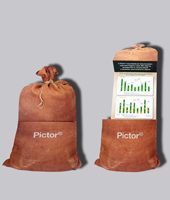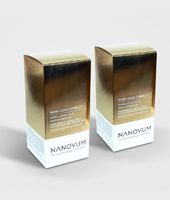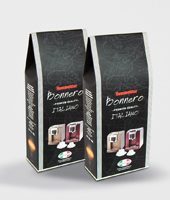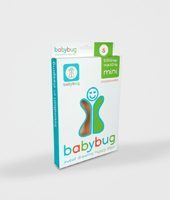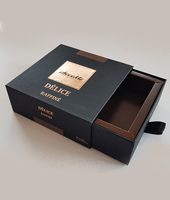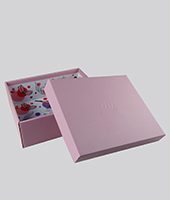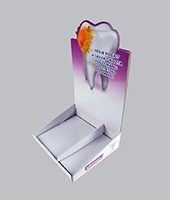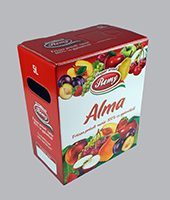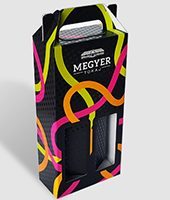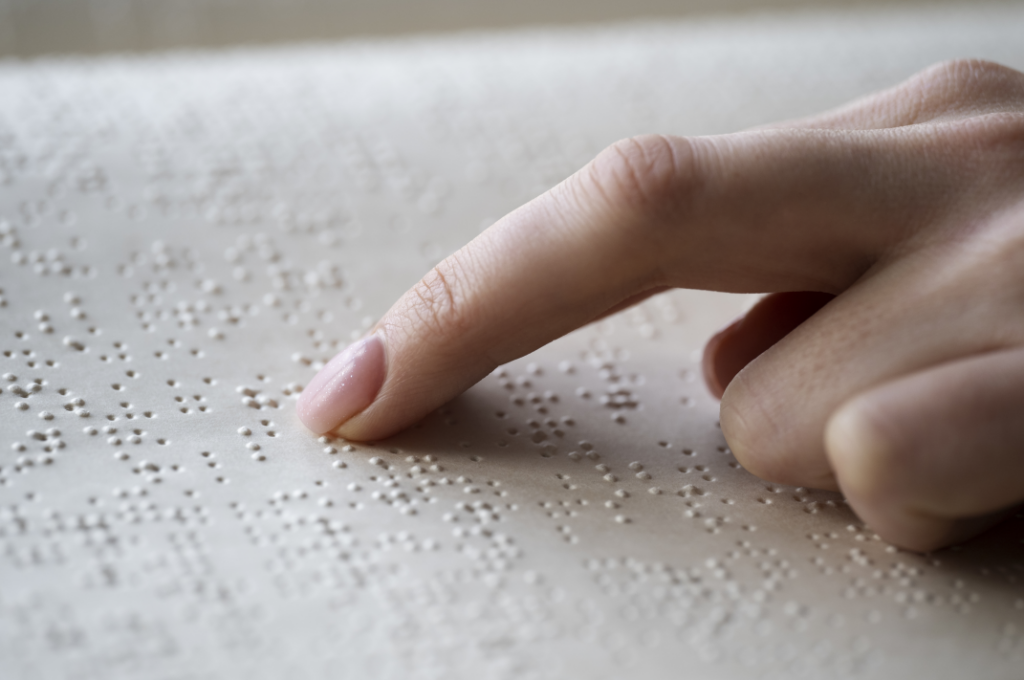The importance of Braille is increasingly coming to the forefront today, as it plays a vital role for visually impaired and blind individuals in navigating their everyday lives independently. This is particularly crucial for those with life-threatening food allergies or individuals taking medication for conditions like high blood pressure.
While you’re reading this blog, take a moment to imagine what it would be like if your world suddenly went dark. Never again seeing the faces of your loved ones, knowing where you’re stepping, dialing a number, choosing the right detergent for your laundry, or seasoning your meal might suddenly become impossible. You would also lose the ability to reread your favorite book or rewatch your beloved movies. Furthermore, you might not even recognize the medication in your hand before taking it.
These are just a few of the everyday realities that sighted individuals often take for granted, but for someone experiencing severe vision loss or blindness, such circumstances can quickly become life-threatening. This could happen through accidental medication swaps or overdoses, or, for example, when a blind individual with a nut allergy consumes a snack containing nuts.
This is where Braille steps in – a tactile six-dot alphabet that, along with Braille notations for music, computer symbols, math, chess, and more, helps make life safer and easier for visually impaired people.
What is Braille and How Did It Originate?
Braille, in its original form, was developed in 1821 by Louis Braille, enabling both those born blind and individuals who lost their sight later in life to read, communicate, and live more independently and securely.
Braille’s system is based on combinations of six dots, which can represent any letter, number, or special character. This system quickly spread globally and has become one of the most essential tools of communication for the blind.
Over the centuries, Braille has undergone significant advancements and adaptations. National language variations have emerged, and today, Braille technology is available on smartphones and computers, enabling visually impaired individuals to use digital devices more effectively.
How Does Braille Help Visually Impaired Consumers?
Braille offers numerous advantages for visually impaired individuals. First, it enhances their independence, enabling them to identify products without assistance. It also improves safety, which is especially critical for medications, as Braille ensures that users know precisely which product they are consuming.
In addition, Braille contributes to time-saving and convenience, allowing users to access vital information more easily and quickly without relying on others. Ultimately, Braille on packaging significantly improves equality of opportunity for visually impaired consumers.
A Forward-Thinking Brand Focuses on Visually Impaired Consumers’ Challenges
Everyday shopping presents numerous challenges for blind and visually impaired individuals. Packaging text is often small, colorful, or designed in ways that are difficult to read or impossible to detect through touch.
As a result, these individuals often rely on others for assistance when shopping, and at home, there’s a risk of accidentally consuming the wrong medication or allergenic food.
Misidentifying medication or consuming a food item containing an allergenic ingredient, such as nuts, can lead to severe health issues or even life-threatening situations like anaphylactic shock. Braille provides an opportunity for visually impaired individuals to navigate medications and products safely and independently.
Why Is Braille Especially Important on Packaging for Medications, Vitamins, and Food Products?
- Critical Information Accessibility
For medications and vitamins, improper usage can be life-threatening. Braille helps ensure that consumers know exactly what they are taking and in what dosage.
- Allergen Avoidance
On food packaging, information like ingredient lists, allergen warnings, and expiration dates is crucial to prevent allergic reactions.
- Legal Regulatory Compliance
In the European Union, the 2004/27/EC Directive mandates that since 2004, medication boxes must display the product name and strength in Braille. This ensures compliance with regulations and promotes equality.
- Building Consumer Trust
Including Braille signals to blind consumers that manufacturers care about them and acknowledge their unique needs.
- Corporate Social Responsibility
Inclusive packaging represents a step toward a more accepting society where everyone has equal access to information.
The Role of EU Regulations
Since the European Union introduced the 2004/27/EC Directive, pharmaceutical companies have taken significant steps to improve accessibility. This regulation serves as a benchmark for other industries to adopt similar measures to support visually impaired consumers.
At Keskeny Packaging & Printing, we emphasize accessibility by incorporating blind embossing to highlight Braille text on medication boxes produced for our clients. This option is also available for food packaging, offering significant benefits for blind consumers with food intolerances.
Using Braille is not just beneficial for visually impaired individuals but for society as a whole, contributing to the creation of a more inclusive and caring world. It’s worth promoting inclusive packaging across all industries to ensure equal access to information for everyone. Let’s do everything possible to provide the best experience for your customers!
Picture designed by Freepik







